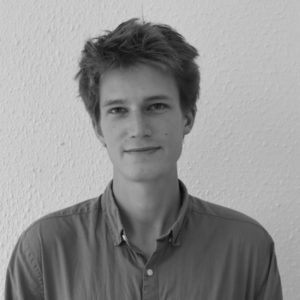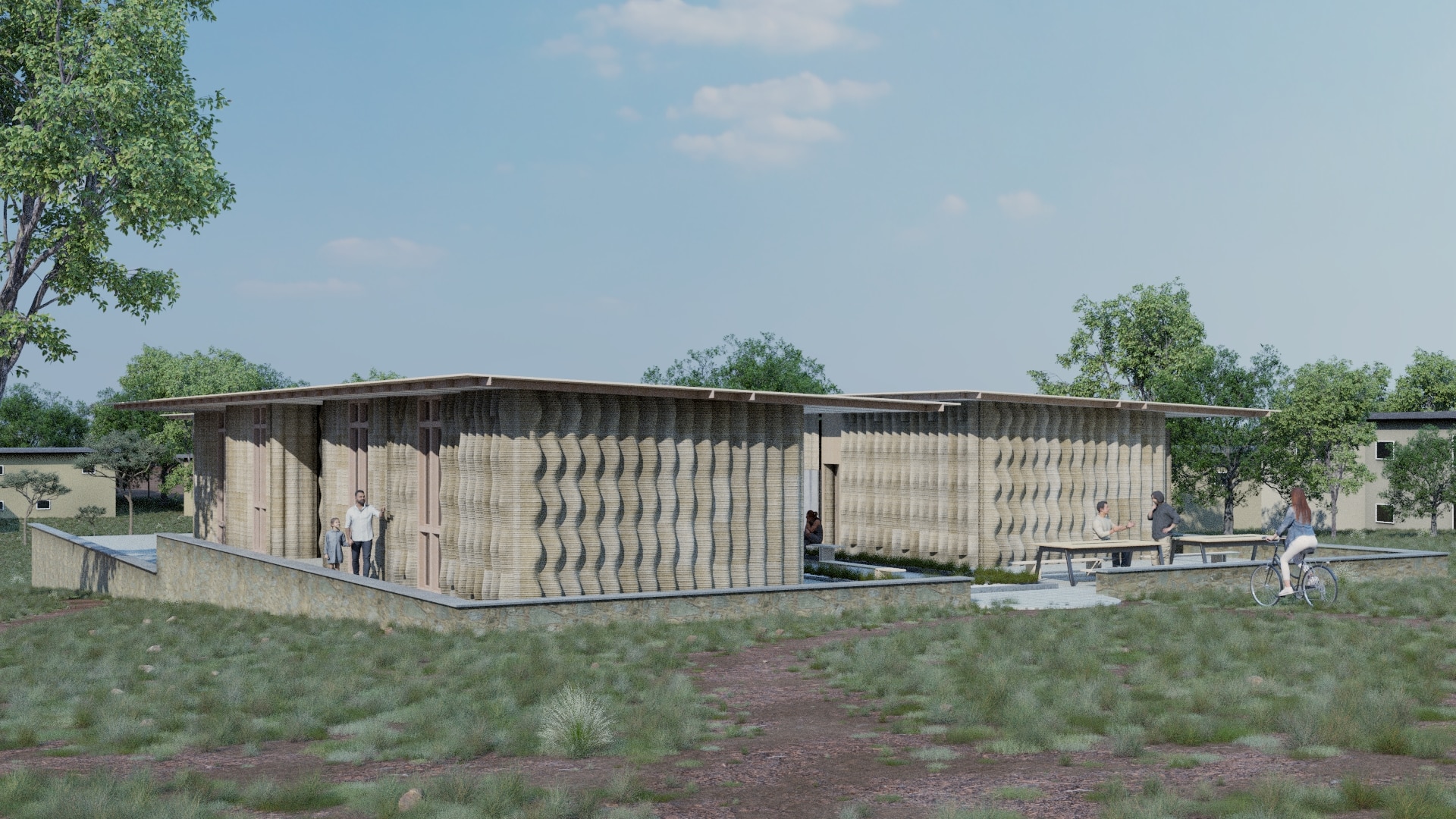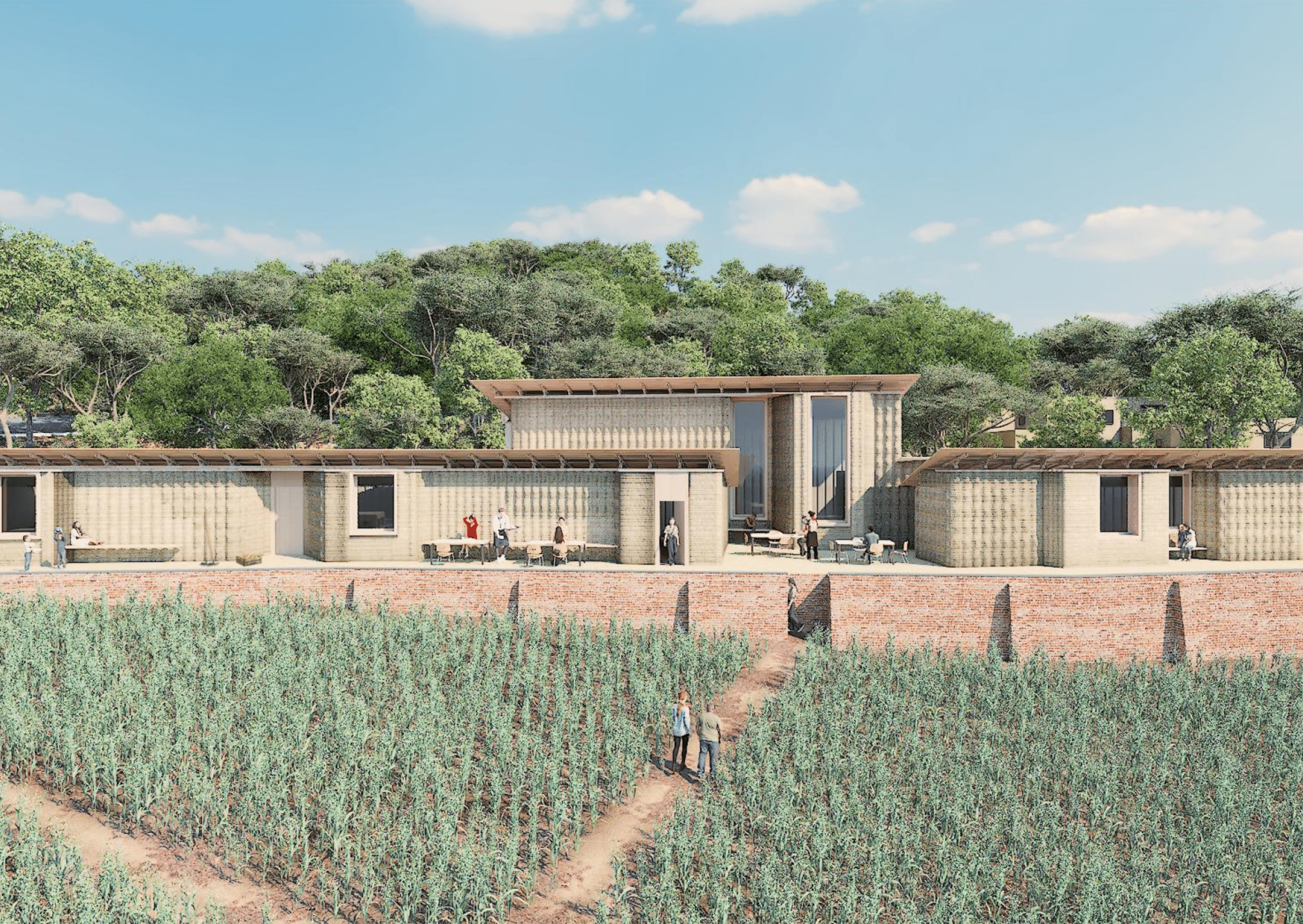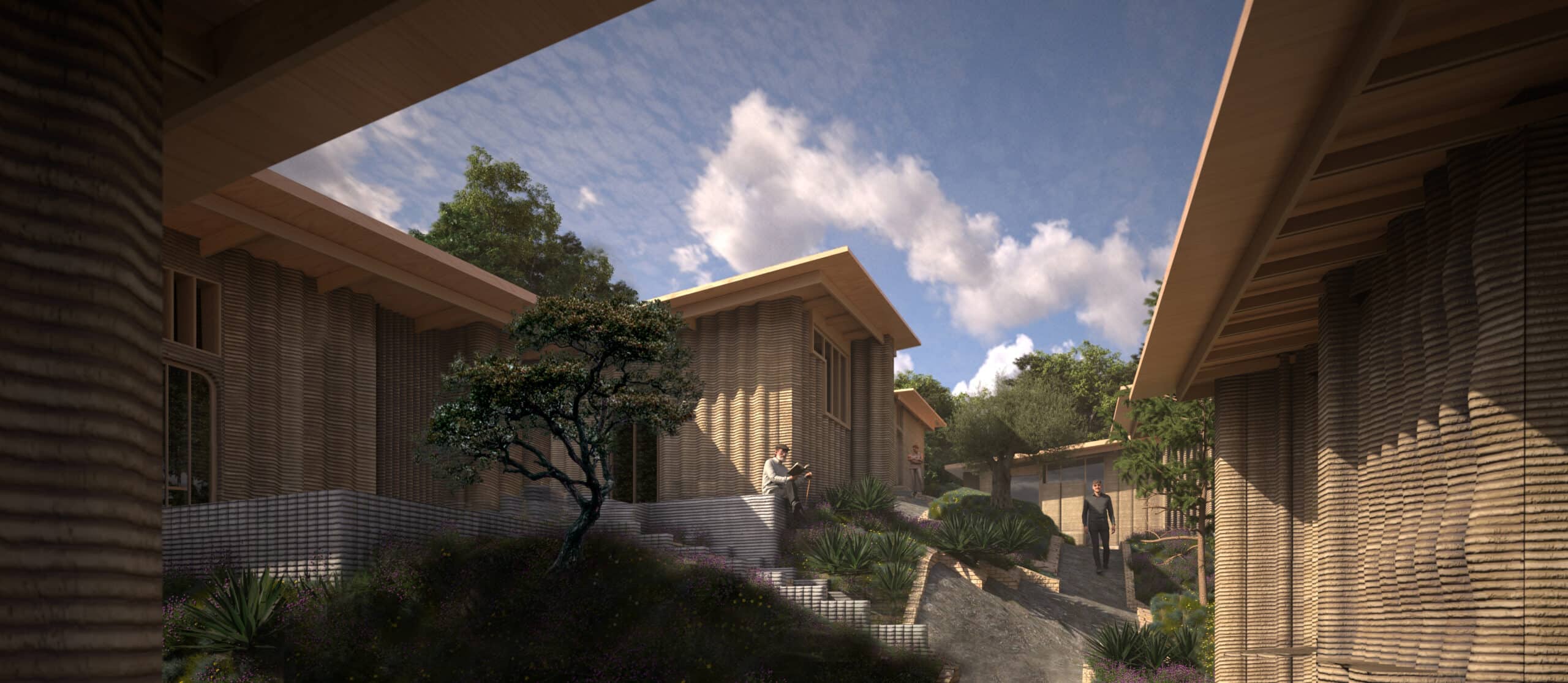
3D printing is fast making its way in the building industry and there are today numerous examples of 3d printed houses and buildings. The construction sector’s interests for implementing this technology are clear: it doesn’t produce waste, it is automated, it is fast, it uses less material, in other words, it optimises the construction of a building and therefore reduces its cost. These are of course very valuable reasons for turning towards this novel technique, but, as architects, we ask ourselves what are the architectural benefits to design, and build, better buildings. As we know, 3d printing permits a certain design freedom. It opens the doors of an architecture that can question the over-standardised process that currently drives both design and construction. It also seeks spatial and constructive solutions that adapt to their users, climate and context. Vision, as a course, will seek the design of novel architectural solutions that take advantage of the potential of 3d printing, in other words, proposals that possess qualities unachievable without the technology.
This year, the objective of Vision is the design of a 3d printed earthen house in the limit between the city and the Collserola Natural Park, for 1 to 12 users of your choice. By the 28th of February, we ask you to present this project with classical architectural documents (plans and sections), a series of photo realistic renders and presentations. Vision does not require you to make models or to print. By limit between the city and the Collserola Natural Park we refer to the long line that frames the Natural Park. An area with buildings of lower density compared to the city, but not yet of a rural context. Taking a moment to scroll on google maps will take you to areas such as San Cugat or La Floresta, but also the edge of Valldaura, where it reaches Cerdanyola. Take a walk along the camino de las Aigues. This limit tends to possess a strong topography, which will add an unwanted level of complexity (we need to make sure the proposed work engages about climate, density, constructability etc.) to the project; you are therefore asked to find a plot of land that is relatively flat.
We ask you to define the inhabitants or users of the project. The exercise is not to design a secondary residence or a hotel b&b or lodge, but a house for urban living. We imagine some of the users of the house work in the center of Barcelona, for example. We ask you to define who the user is and provide a description of them. Are they a community, a family, a cluster of family, a single user? Define their approximate age, potentially their profession, or working dynamics etc.
Vision, rather than starting from scratch, aims to capitalise on the findings produced during both the Techne and Research phase, during which many architectural aspects of 3d printing have already been touched. Our starting point is therefore the wall of the Winter Prototype, which will start to build in parallel to Vision. You are asked to design a house that contains that wall, of which you can modify the performance. We also ask you to work with the climatic sections developed in DtP, as a starting point, most likely deforming or developing into a large scope.
From a constructive perspective, the intention is to work with local soil (even if we will not make the analysis, but rather assume the availability of a printable earth composition) and with a Wasp Crane. You are allowed to question the use of the Crane and use another printing system with a larger bounding box. The design can range anywhere between 1 and 3 floors, and be protected by a wooden roof using the balloon frame, similarly to the Forest Campus, using a 1m structural grid and simple one or two pitch solutions.
At course completion the student will:
● Develop a full concept and detail design architectural project
● Produce a 3d model of a full architectural project
● Produce a comprehensive presentation for architectural competition standards
● Work through the different steps of the architectural project







